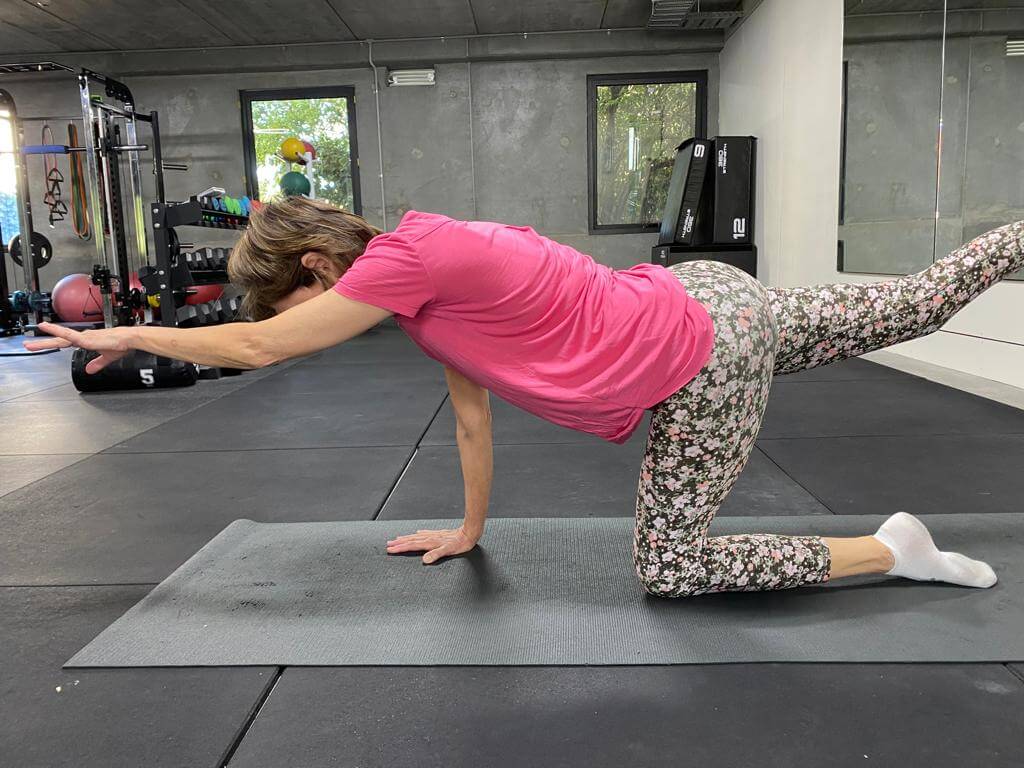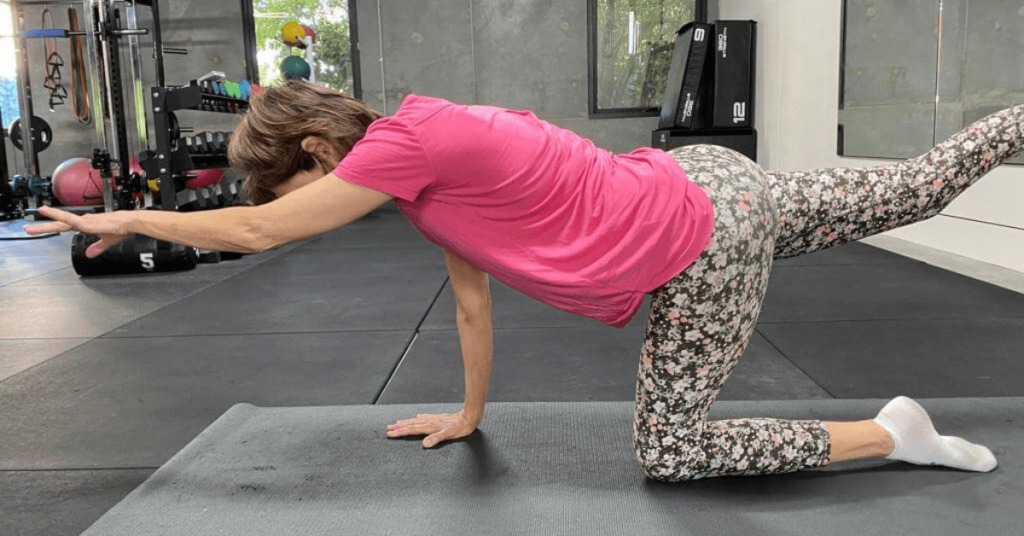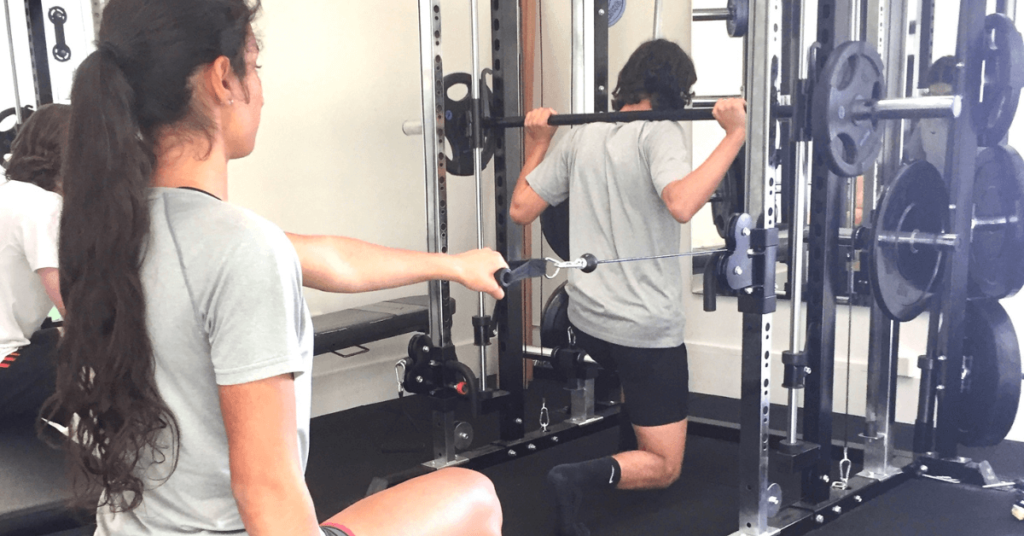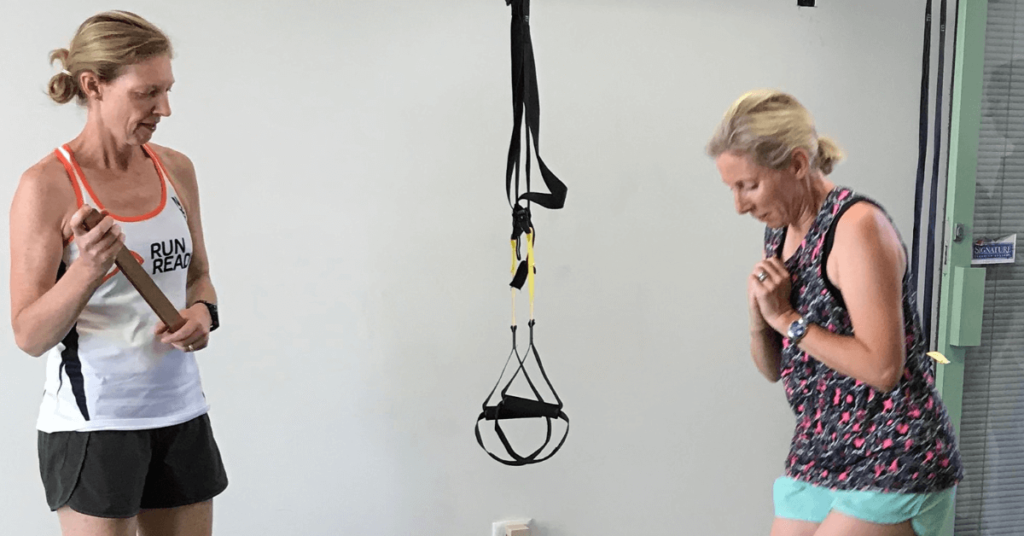Growing Strong - Senior Strength and Conditioning

I don’t consider myself a health buff, but I try to work out regularly while tossing a well-balanced diet into the mix. Being in my late 30s, I realized that my agility and athletic ability were dwindling faster than I thought. I didn’t feel as energized and tired faster than I did a good 10 to 15 years ago. Are these signs of aging? Probably. While I’m still considered young, I couldn’t discount the fact that I was, indeed, aging. In a few more years, I’d be entering the world of being in my 40s. It’s a scary thought, to be honest. If staying fit is quite challenging now, what more when I reach my 50s, 60s, 70s, or, if I’m lucky enough, my 80s! I brought this concern up with my personal health trainer, who said that age does not matter when it comes to fitness! In fact, Strength and conditioning training programs are designed to help Seniors age fine, just like wine. What does strength training do for the elderly? Does it help as they say it does? Let’s find out!
Define Strength and Conditioning
The term “Strength and Conditioning” (S&C) refers to the practice of choosing and creating dynamic and static workouts to enhance athletic performance. Although it was initially advantageous to athletes, it is now extensively employed in the athletic community and society. There are many various things personal fitness trainers may do to help, and we will always create a plan tailored for you that represents your objectives and values, whether your aim is weight reduction, strength building, or increasing your flexibility.
Principles of Strength and Conditioning for Seniors
At its most basic level, strength and conditioning is the practical application of sports science to improve movement quality. It is based on empirical research, exercise physiology, and anatomy. We can all gain from improved movement quality since we all move. Every client and member we deal with begins their strength training journey with a distinct baseline and awareness of strength training concepts and best practices, which is crucial to keep in mind as trainers and fitness professionals. The research underlying strength training is something that many people are unaware of. This is what we are here to find out!
Individuality
Due to individual factors such as biological age, training age, gender, body size and shape, prior injuries, etc., people will respond differently to the same training stimulus. Furthermore, appropriate measures must be used while working with older clientele! As a result, training should be tailored to the demands and features of the individual.
Specificity
An individual’s training adaptations will depend on the muscle groups exercised, the exercise’s intensity, metabolic demands, and/or unique motions and activities. When honing a particular ability, it’s crucial to employ the proper body mechanics and execute the task by established standards of perfection.
Weight Size and Overload
The Overload Principle is widely regarded as the cornerstone of physical training. When to increase the weight size clients are using and how to advance with weight size over time are important concepts for a novice strength training professional to understand. It’s crucial to emphasise the value of observation in these evaluations. According to the fitness concept of progressive overload, we must gradually overload the neuromuscular systems to produce and maintain physiological adaptations from strength training. On a related topic, it’s essential to mention that when we strength train, we tear down muscle fibres to overload the system and make them stronger when we recover.
Progression
The training stimulus must progressively and continuously grow to produce the training adaptations needed for a particular activity or skill. This suggests that the overload has a prefered intensity and window of opportunity. The frequency of an exercise is its repetition count. Your body starts a process of mending and rebuilding stressed tissues after engaging in any type of exercise. Finding the ideal ratio of work to rest is crucial to ensuring that the body experiences the correct amount of stress to adjust and prepare for the next session. In S and C, progression emphasises the value of intensity and frequency.
A workout’s intensity refers to how much work you put into it. The intensity of a strength training session is determined by various variables, including the weight being lifted (load), the total number of sets and reps, the speed with which they are performed, and the presence or absence of an unstable surface.
Education is essential for progression, stipulating that one should not increase training duration, distance travelled, or weight utilised during a specific exercise or activity by more than 10% per week. Following the 10% rule minimises the risk of overuse injuries while allowing for progressive bodily adaptations.
Principle of Diminishing Returns
How much a person’s performance improves as a result of training depends on their level of training. Athletes who have never participated in a training programme may have high initial performance. Conversely, athletes lifting for a while will have slower growth over longer times. When a rookie first starts training, they will see significant and swift increases in performance, but, as they acquire expertise, the increases become less and occur more gradually.
Reversibility
Reversibility is simply the ability to lose whatever skill you have gained when the stimulus is removed or lessened.
By incorporating these ideas into your fitness regimen, you’ll receive the finest results in the quickest time possible while avoiding overtraining and injury. But it can be challenging. The personal and strength trainers near me have the skills and expertise to create a progressive programme uniquely tailored for you and your fitness objective. They will work with you and ensure that your fitness goals are achieved no matter the circumstances.
Benefits of Strength and Conditioning for the Elders
We continue to learn about the enormous health advantages of maintaining a healthy weight and being physically active throughout our lives. We now know much more about how to age with vigour, dignity, and independence because of the research done by scientists, medical experts, and older adult volunteers. These are opening up so many opportunities for the senior community to get back in shape despite their age. Although some seniors may be weak and have poor energy levels, most of us will benefit from regular weight training sessions. Numerous studies have demonstrated that frequent strength training for seniors and other workouts improves bone and muscle mass while reducing the weakness and fragility often associated with ageing. What are the benefits of S and C for the elderly?
- Support keeping one’s independence and lessen the likelihood of injuries from falls and bone fractures.
- Decrease the chance of having high blood pressure, colon cancer, and diabetes and the risk of dying from coronary heart disease.
- Aid hypertensive individuals in lowering blood pressure.
- Strengthen the muscles and increase the endurance of those with long-term, debilitating diseases.
- Reduces anxiety and depressive symptoms and promotes mood and well-being improvements.
- Support strong muscles, bones, and joints.
- Aid in reducing arthritis-related pain and swelling in the joints.
S and C Programs Help with Disease Prevention
The advantages of strength training go beyond simply making bones and muscles stronger. Strength training is linked to a 10% to 17% decreased risk of premature mortality from all causes, including heart disease, diabetes, and cancer, according to an analysis of research published online on Feb. 28, 2022, by the British Journal of Sports Medicine. It’s the most recent research to link strength training with improved health. As we age, the probability of developing diseases increases so we must know how we can combat it from happening. What kinds of diseases are prevented by engaging in strength and conditioning programs?
- Osteoporosis
- Diabetes
- Chronic Heart Disease
- Obesity
- Back Pain
- High Blood Pressure
- Dementia
These are just the tip of the iceberg! When you enrol in a strength training program at Run Ready, your journey to battling and preventing the disease from happening will commence! Our personal gym coaches will curate fitness programs suitable for your age and capabilities to maximise the benefits that an S and C can bring you.
Safety Measures for Elderly Strength and Conditioning
Physical activity may keep elders in good mental and physical form, and putting safety first can stop seniors from hurting themselves while exercising. Read on for tips on how older citizens may be safe while working out.
- Get Doctor’s Clearance – This is very important for seniors with pre-existing health conditions.
- Disclose all your health issues to your gym coach – This helps trainers design a program to help you on your road to fitness!
- Follow instructions closely – Instructions are the way they are for valid reasons. You can hurt yourself by doing the wrong movement or overdoing an exercise.
- Wear proper gym attire – Wearing the right outfit and shoes will make your workout more comfortable.
- Warm-up and Cool down – Give your body a chance to prepare for a workout and let it relax before you call it a day. Strained muscles are no fun!
- Listen to your body – Pausing for breaks is okay if you feel out of breath. Inform your personal fitness trainer if you are feeling uncomfortable or dizzy from doing an exercise.
- Stay Hydrated – Drink lots of water while working out. You don’t want to risk fainting from dehydration.
Myths About Aging and Exercise
Training your body is something that will never go out of style. Every age, makes a big difference in how you move and feel, helps you lower the numbers your doctor keeps mentioning, and even lifts your spirits. No matter your age, being active helps you both inside and out. But if you’ve been sitting on the bench for a while, it might not feel like that. Have any of these myths about ageing and fitness convinced you otherwise? Find out what’s going on so you can get back out there and do your thing.
Myth #1: “I’m too old.”
The opposite is true; inactivity increases the likelihood of illness and has been linked to a hastened ageing process. In addition to having more medical visits and drug use, inactive adults have a twofold increased risk of developing heart disease. Start cautiously with a low-impact aerobic activity that increases your heart rate, like swimming, if you haven’t exercised in a while.
Myth #2: “I’m too weak. I need to save my strength.”
When it comes to keeping your strength up, exercise is much more effective than rest. Sedentism weakens and dehydrates you, increasing your risk of various illnesses and health conditions such as heart disease, diabetes, high blood pressure, obesity, and some malignancies. Loss of mobility and independence are additional risks of inactivity.
Myth #3: “I have Arthritis. I can’t exercise.”
A chronic illness like arthritis is no excuse to avoid physical activity. Quite often, the opposite is true. The effects or risk factors of diabetes, heart disease, and even cancer can be reduced by exercise. Exercise is proven to reduce arthritis pain, according to studies. However, when arthritic flare-ups are unpleasant, activity should be avoided.
Myth #4: “I can’t exercise like an Athlete.”
Your strength and performance levels will diminish as you get older due to changes in hormones, metabolism, bone density, and muscle mass. However, this does not exclude you from enjoying the health benefits of exercise or feeling a sense of accomplishment from your efforts. The trick is to make changes to your lifestyle that are reasonable for your current age. And remember that sedentary living has a considerably more significant negative impact on athletic performance than biological ageing.
Myth #5: “I have disabilities that prevent me from working out.”
You can still be physically active even if you’re confined to a wheelchair; you simply need to focus on doing things that are feasible for you. There are several healthy workouts that may be performed while seated. Stretching, chair yoga, chair aerobics, and weightlifting are all options. You should try these workouts since they enhance cardiovascular health, flexibility, and muscular tone.




